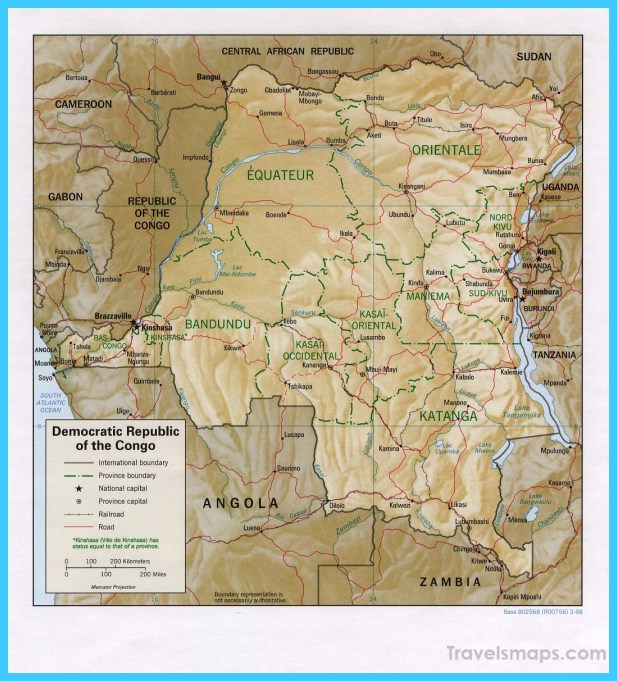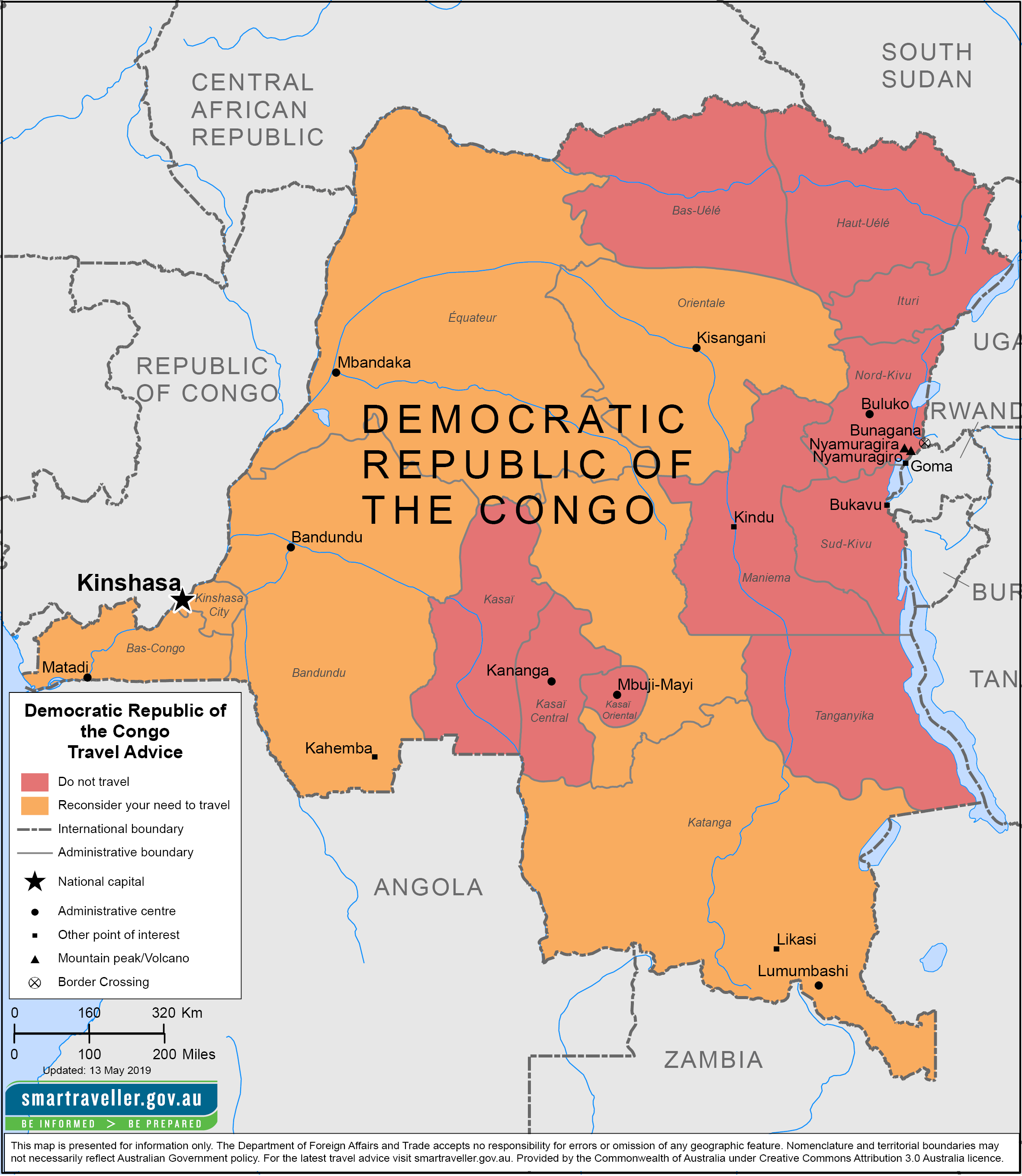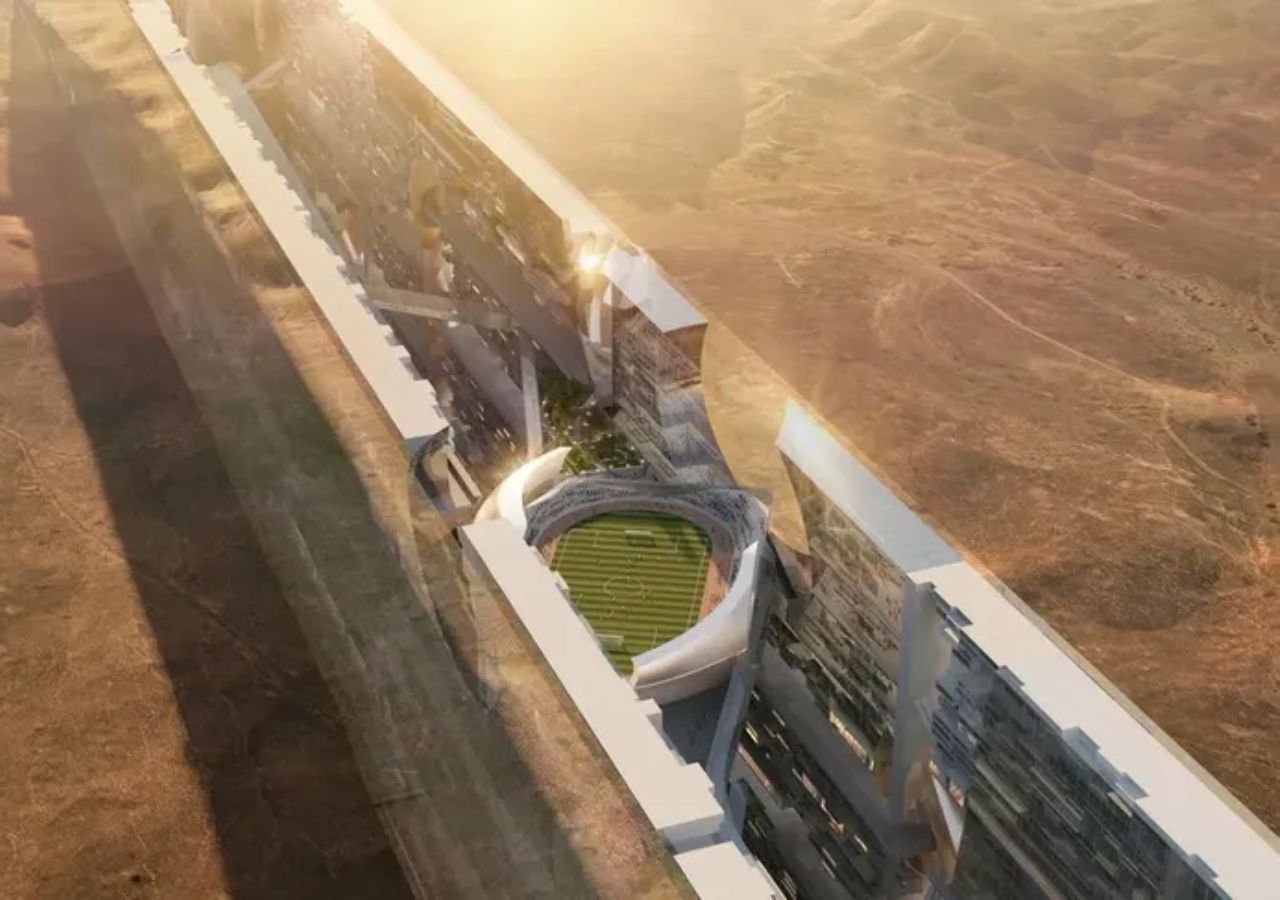The Current Security and Infrastructure Situation
The DRC is a vast and beautiful country, however traveling there requires careful planning due to ongoing security issues and poor infrastructure in many areas. While parts of major cities like Kinshasa, Bukavu and Lubumbashi are reasonably safe, remote and rural regions can be dangerous due to the activities of rebel militias. Visitors should monitor the current security advisories from their government and only travel with an experienced local guide. The condition of roads outside cities remains very challenging, with many unpaved sections. Air travel within the DRC relies on smaller aircraft that are not certified for international flights. Travelers need to be prepared for basic conditions and potential lengthy overland journeys if venturing far from border towns.

Experiencing Daily Life in the DRC
Daily life presents unique challenges for residents and visitors in the DRC. Corruption is pervasive at many levels of government and basic services. Travelers should carry enough local currency for anticipated expenses and expect to pay “facilitation fees” or tips for routine tasks like withdrawing money from a bank. Hotels and goods in major urban areas are very expensive for average Congolese incomes, though tourist attractions and local food/transport remain affordable. The energy and resilience of Congolese people shines through despite difficult socio-economic conditions. Taking time to connect with locals through music, dance and shared meals can provide rewarding cultural experiences beyond just tourist activities. Understanding daily realities is key to appreciating the challenges and triumphs of ordinary Congolese.
Gorilla Trekking in Virunga National Park
One of the top attractions for nature lovers visiting the DRC is the opportunity for gorilla trekking in Virunga National Park. This UNESCO World Heritage Site is home to over one-third of the world’s critically endangered mountain gorillas. While trekking permits must be reserved well in advance, the experience of encountering gorillas in their natural habitat is unforgettable. Most visitors access the park’s southern sector from nearby towns in Rwanda such as Musanze. Multi-day itineraries with park guides allow comfortable hiking to different gorilla families. Observations follow strict protocols for minimal human impact. Beyond primates, Virunga’s forests also shelter rare birds and endangered okapi that can sometimes be spotted. Spending peaceful time in this ecological treasure truly captures the DRC’s natural riches.
Exploring Natural Wonders in Eastern DRC
There are many scenic areas worth exploring across the eastern DRC. In South Kivu province, the town of Bukavu sits on the shore of massive Lake Kivu with views of surrounding volcanic mountains. Day trips launch from the city by boat to visit fishing villages and scenic islands. Further north, Kahuzi-Biega National Park protects rare mountain gorillas and birds. The Itombwe Massif Highlands offer hiking among carpets of ground-hugging lobelias at over 3000 meters elevation. For wildlife viewing, reserves like Yangambi feature forest elephants, forest buffalos and various primate species. Remote Okapi Wildlife Reserve remains a highlights for sighting its namesake zebra-giraffe hybrid, the elusive okapi. With care and enabling infrastructure, this region could develop sustainable nature tourism supporting local communities and biodiversity conservation.
Experiencing Raw Natural Beauty in Eastern DRC
One of the most striking aspects of Eastern DRC is its raw natural landscapes found across South Kivu and North Kivu provinces. Massive volcanoes like Mount Kabobo and Nyamuragira exemplify the African volcanic belt in all its primal glory. Picturesque waterfalls and turquoise lakes like Kahuzi, Tshiabirimu and Idjwi offer refreshing spots for hiking, swimming or boating. Rural villages nestled amid patchworks of green hills and valleys cultivating everything from potatoes to plantains showcase traditional Congolese livelihoods and hospitality. For those willing to put in the effort to access remoter areas, rewards include discoveries like pristine swamps and rainforests harboring rare primates found nowhere else. While infrastructure and conflict have hampered exploiting the region’s natural tourism potential, its potential for sustainable development and community upliftment remains immense.
Capturing Congo’s Wildlife Endemism
The incredible biodiversity of the DRC is highlighted by high levels of species found exclusively within its borders. From western lowland gorillas to okapi, Congo plays home to endemic wildlife found nowhere else on Earth. Many of these species persist even amid poverty and conflict testifying to the durability of nature across Congo’s vast forests and swamps. Birdwatchers have cataloged over 1000 species across Congo Basin landscapes. Primates like Sclater’s mona monkeys or ngogo acolobe monkeys demonstrate evolutionary divergence. Further east, rare Balega’s forest cobras inhabit Itombwe’s high forests. While accessibility hampers studying much terrain, dedicated conservation organizations like Okapi Conservation Project based at Epulu continue important species monitoring and community outreach. Digital platforms also foster virtual encounters with Congo’s wonderlands of nature through stories and photos uploaded daily from the field.
Overcoming Logistical Challenges to Discover the Real DRC
Reaching more remote areas requires navigating poor infrastructure and occasional conflict zones. Travellers willing to take on these challenges discover Congo’s raw natural beauty and warmth of its diverse peoples. Key strategies include booking domestic flights reasonably well in advance, using the outer towns like Bukavu or Goma as hub points and having contingency funds. Overland routes need careful planning taking local road conditions and unrest zones into account. Boats provide options on larger waterways like Congo River or Lake Kivu. Warm clothes, medical kits, waterproof gear and basic tools simplify troubleshooting breakdowns. Local guides, translators and porters hired in border towns prove essential logistics support on longer multi-day hikes. With patience, a spirit of adventure and support from communities along the way, travelers can access Congo’s wonders safely through local knowledge and empowering rural livelihoods. Real discovery happens beyond guidebooks on these customized DIY expeditions across the DR Congo.
By weaving together diverse threads from inputs on life, travel tips, natural highlights and logistical realities in the Democratic Republic of Congo, this article aimed to paint a nuanced portrait for those considering discovery expeditions to this enigmatic central African nation. While certain challenges exist relating to infrastructure and security in remote regions, the rewards for those undertaking careful planning include unforgettable encounters with Congo’s people, scenery and endemic wildlife found nowhere else on Earth. With sustainable community-focused tourism initiatives, this biodiversity hotspot remains ripe for further appreciation by intrepid travelers seeking off-the-beaten-path adventure within one of Africa’s last true wilderness frontiers.

 Long Train Journeys in China: Exploration, Experiences and Unexpected Adventures
Long Train Journeys in China: Exploration, Experiences and Unexpected Adventures